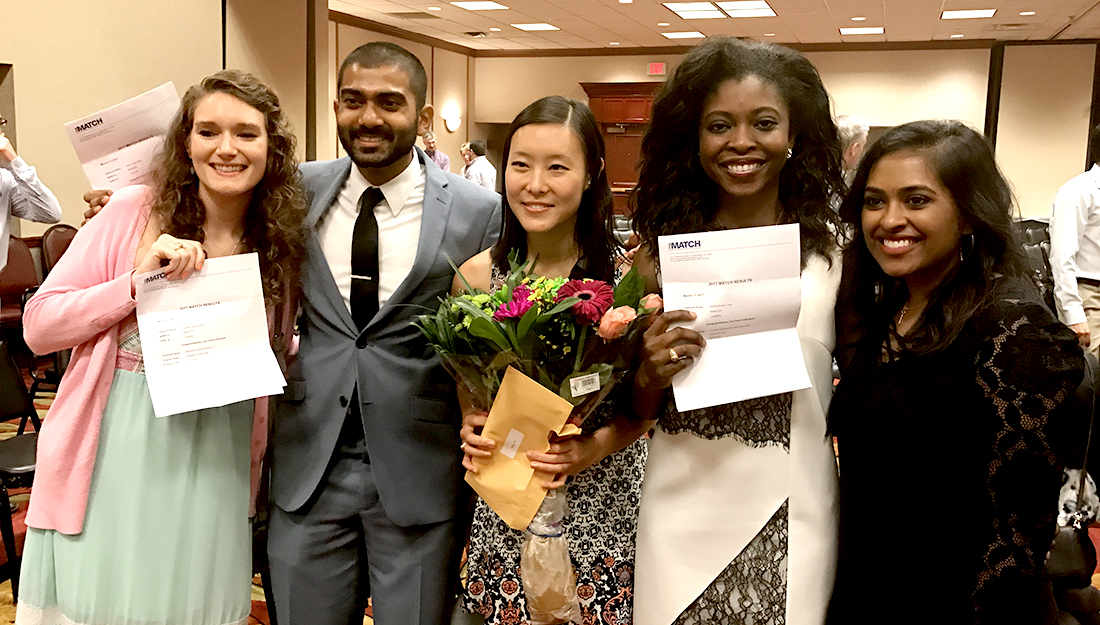Texas A&M College of Medicine among nation’s best at addressing priority health needs

Graduates of the Texas A&M College of Medicine are among the top in the nation when it comes to staying in the state to practice, entering primary care and locating in underserved and rural areas, according to the Missions Management Tool 2017 report, published by the Association of American Medical Colleges (AAMC). These are all areas highlighted as being vital to producing a physician workforce well equipped to address the priority health needs of the nation.
More than half of the students who graduate from the College of Medicine stay in Texas to practice medicine—which puts the school among the top 10 percent of schools in terms of retention. This ensures that the public investment in these students’ education is realized through increased access to high-quality care in communities across the state.
“I’m committed to the goal of graduating physicians from our college who will stay and practice medicine in Texas. Practicing in Texas, especially in rural and underserved areas, reflects the land grant mission of the school. We are doing well, and new initiatives such as Healthy South Texas will further our ability to provide care in rural areas,” said Carrie L. Byington, MD, dean of the Texas A&M College of Medicine, senior vice president of the Texas A&M University Health Science Center and vice chancellor for health services at The Texas A&M University System.
The AAMC analysis also shows that the college is fulfilling its goal to address the primary care physician shortage: An estimated third of the Texas A&M graduates are practicing in primary care in 2017, which is better than 82 percent of American medical schools.
However, just as urgently needed are physicians who practice in rural areas. The College of Medicine is sending an increasing number of graduates into those parts of the state where Texans face health disparities such as increased post-partum hospital readmission rates to lower rates of colorectal cancer screening. In 2017, the college had a higher percentage of graduates practicing in rural areas than 63 percent of medical schools—a three percent increase from last year and a seven percent increase since 2013.
Furthermore, more than 20 percent of Texas A&M College of Medicine graduates practice in a medically underserved area—better than 73 percent of American medical schools. A medically underserved area is a region with a deficiency of health care resources, usually defined by the number of primary care physicians per 1,000 residents, the area’s infant mortality rate, the percentage of residents with incomes below the poverty level and percentage of the population that is of Medicare-eligible age.
“We need to continue to improve access and outcomes for all Texans, but especially rural and traditionally underserved populations,” Byington said. “These data show that we are on track to help to create a health care system that delivers value to our patients and our state. I am confident that our innovations to increase access for rural populations can serve as a model for the nation.”
Media contact: media@tamu.edu


